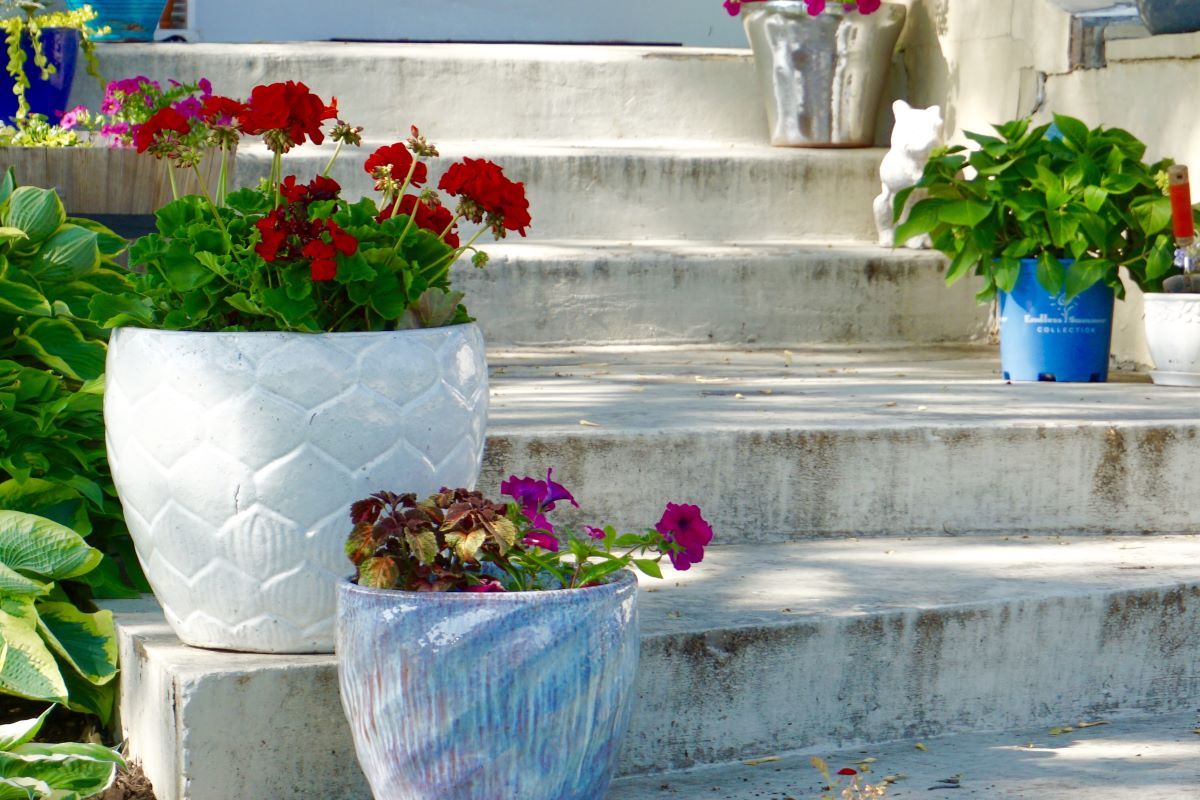
The plants that we grow in pots depend on us to stay alive, since the amount of soil in which they can grow and, consequently, also the nutrients that can be in it, are limited. Therefore, although we worry about watering them, it is also important that we fertilize them.
But the products that we use for this purpose should not hinder the filtration of the water, since otherwise, and as they say, the remedy would be "worse than the disease", as they could die from excess moisture. So that, we are going to explain how to fertilize potted plants.
When do they have to be paid?

Plants that are in pots must be fertilized while the weather is good; that is, in spring and summer. If the weather is mild, they can also be paid in autumn. In addition, it is advisable to fertilize even in winter, for example those that are tropical and / or young and whose roots we want to protect better from low temperatures.
But beware, there are plants that should not be fertilized. They are as follows:
- Seedbeds: newly germinated seedlings, which still retain the cotyledons or primitive leaves, feed on these cotyledons, as they contain the nutrients they need to start their lives.
- Newly purchased plants: I do not advise it, because the nursery plants are usually already fed. It is preferable to wait a month or two before we start to pay them.
- Carnivorous plants: these do not have to be paid. They have traps to catch prey, so they get food. They don't need more (apart from water - rain or distilled -, of course).
- Diseased and / or recently pruned plants: when we have plants in these conditions, as they are weak, the ideal is to be patient. If we fertilize them like this, we could weaken them more than they already are. Therefore, we will wait until they recover.
How are they paid?
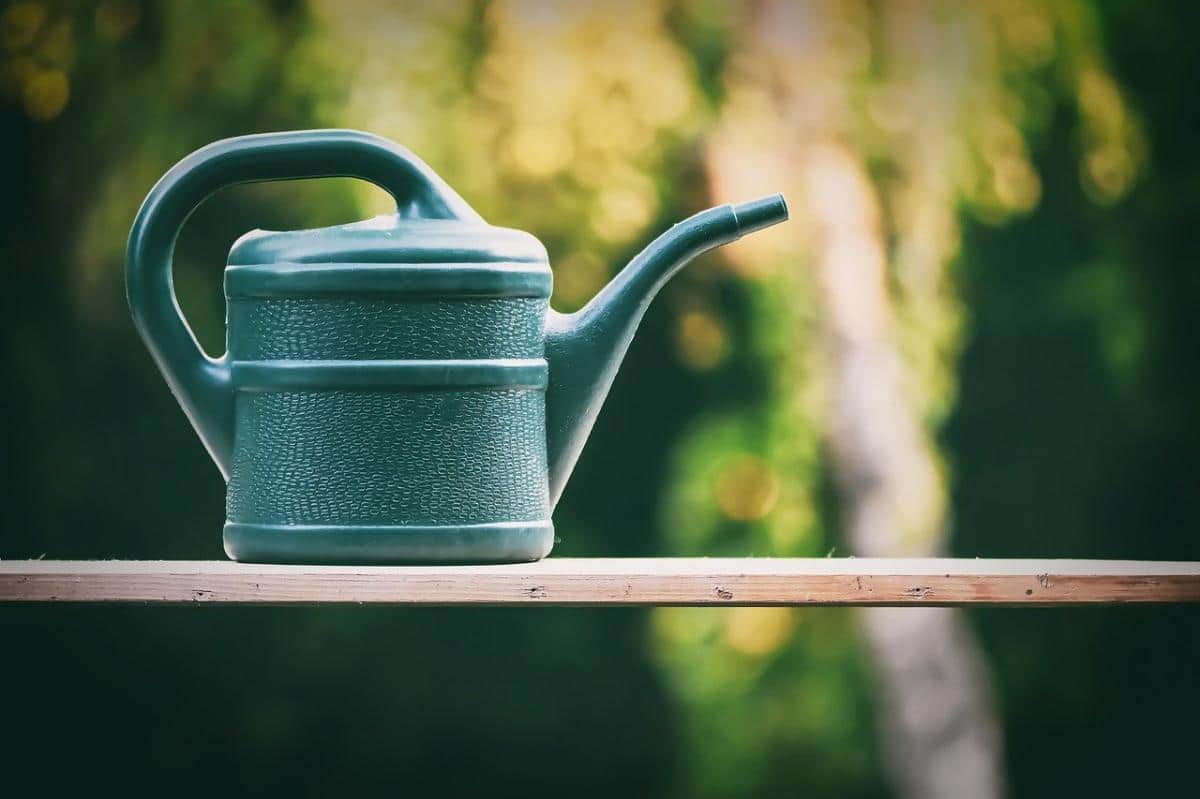
Once we know when to fertilize the potted plants, we can get to work. But first of all, it is important to bear in mind that with the subscriber it will be possible for them to grow somewhat faster, but we will not achieve that, for example, a 1 meter high tree measures 4 meters at the end of that year for example. That is not possible. Depending on its characteristics and the care it receives, it can be at most two meters tall if it has room to grow.
For this reason, the step by step that we advise you to follow is the following:
Take into account the characteristics of your plant
A fast-growing plant, such as a tomato plant, does not need the nutrients that a Japanese maple does, which is slower to grow. Fortunately, on the market there are fertilizers for all types of plants (for palm trees - for sale here-, fruit trees -for sale here-, flower plants -for sale here-, orchids -for sale here-, etc.); without forgetting organic fertilizers (guano, compost, seaweed extract - for sale here-, wood ash, eggshells, ...).
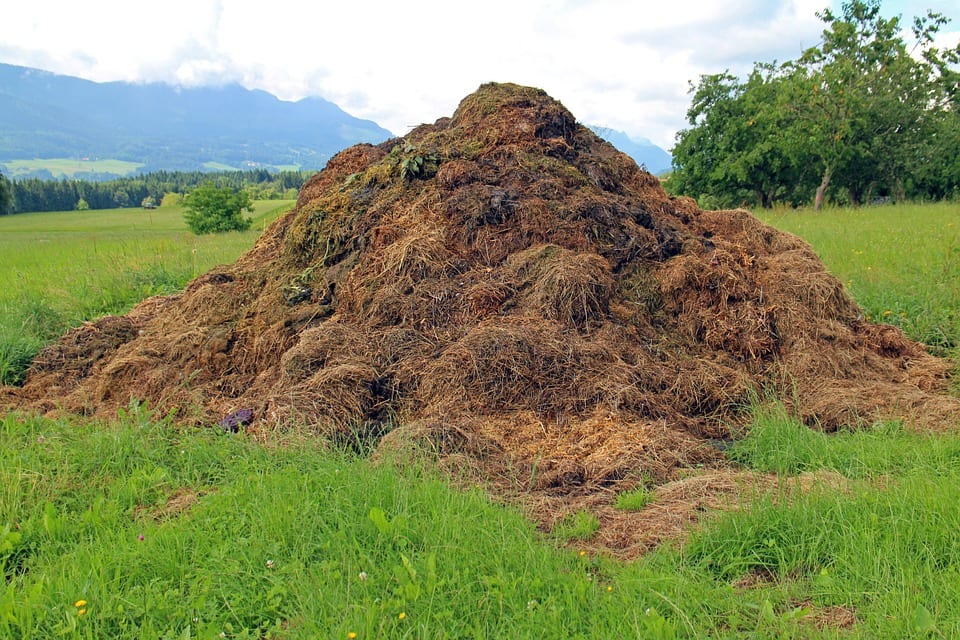
Compost or fertilizer?
Compost is not the same as fertilizer: the former is organic, that is, it is organic matter; the fertilizer is synthetic, and it is also known as chemical compost. Which is better? There really is none worse than the other, as long as they are used in the right way.. What we must bear in mind is that the fertilizer can harm the native fauna, and we may also have to wait a while if we want to harvest its fruits. For this reason, we recommend fertilizers for edible plants, and either for ornamental plants.
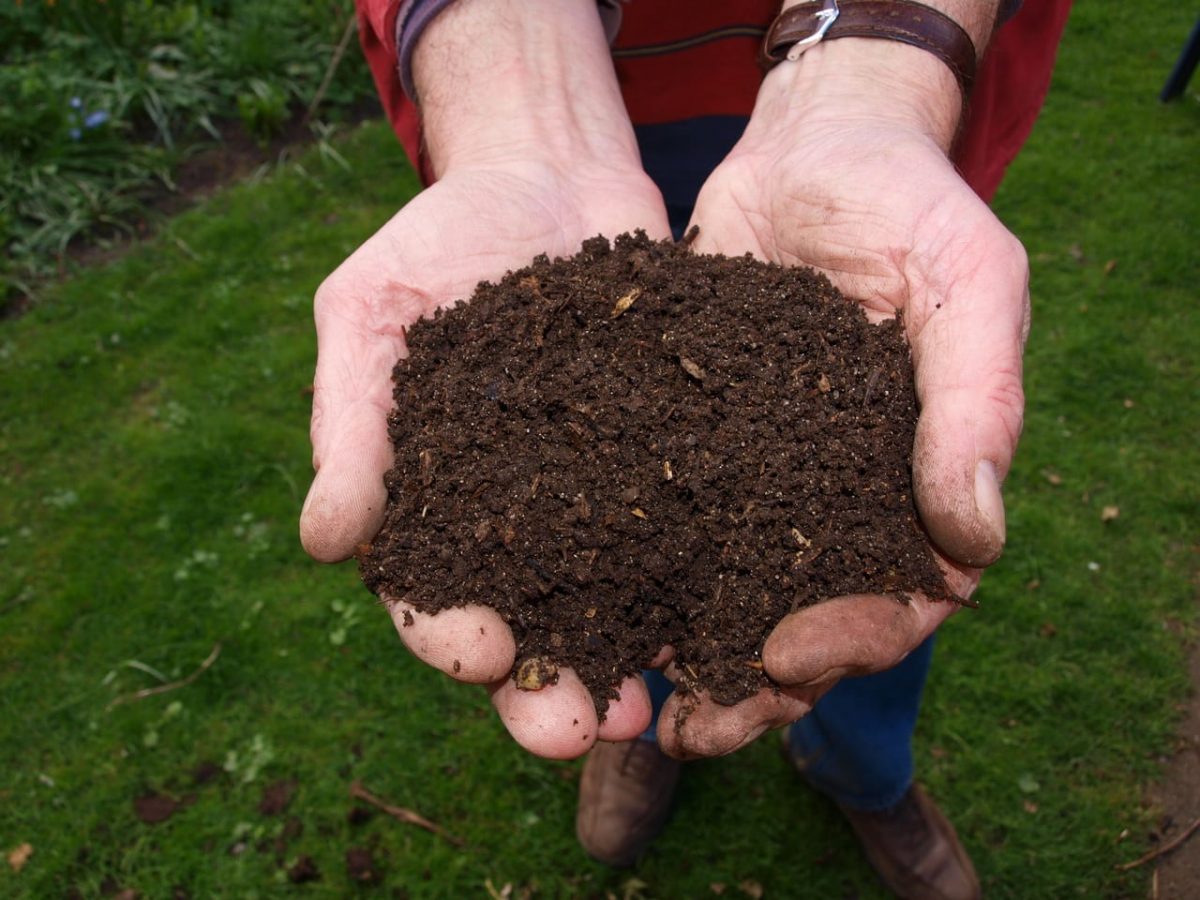
Opt for fertilizers or liquid fertilizers
For the drainage to remain good, the best we can do is buy fertilizers or liquid fertilizers. In this way, we will ensure that the water that is left over after each irrigation can come out normally, and therefore, we will prevent the plant from dying from excess moisture. But yes, it is also very important that, if we put a plate under the pot, we drain it well, otherwise it will have been useless to use liquid products, since the roots will rot the same when in contact with water constantly stagnant.
Follow the instructions for use
Many times we overlook this, but it is one of the most important things, if not the most, since you have to know when to fertilize or fertilize a plant, especially if it is grown in a pot. If we do not read the instructions for use, what will happen is that we can increase the dose without realizing it, causing many, many problems for the plants. In fact, one that has received an excess of 'food' suffers irreversible damage to its roots, and as a consequence, it can die. So, I insist, If we want it to grow fast, we will add the amount of compost or fertilizer that it touches, neither more nor less.
What is the best natural compost for potted plants?
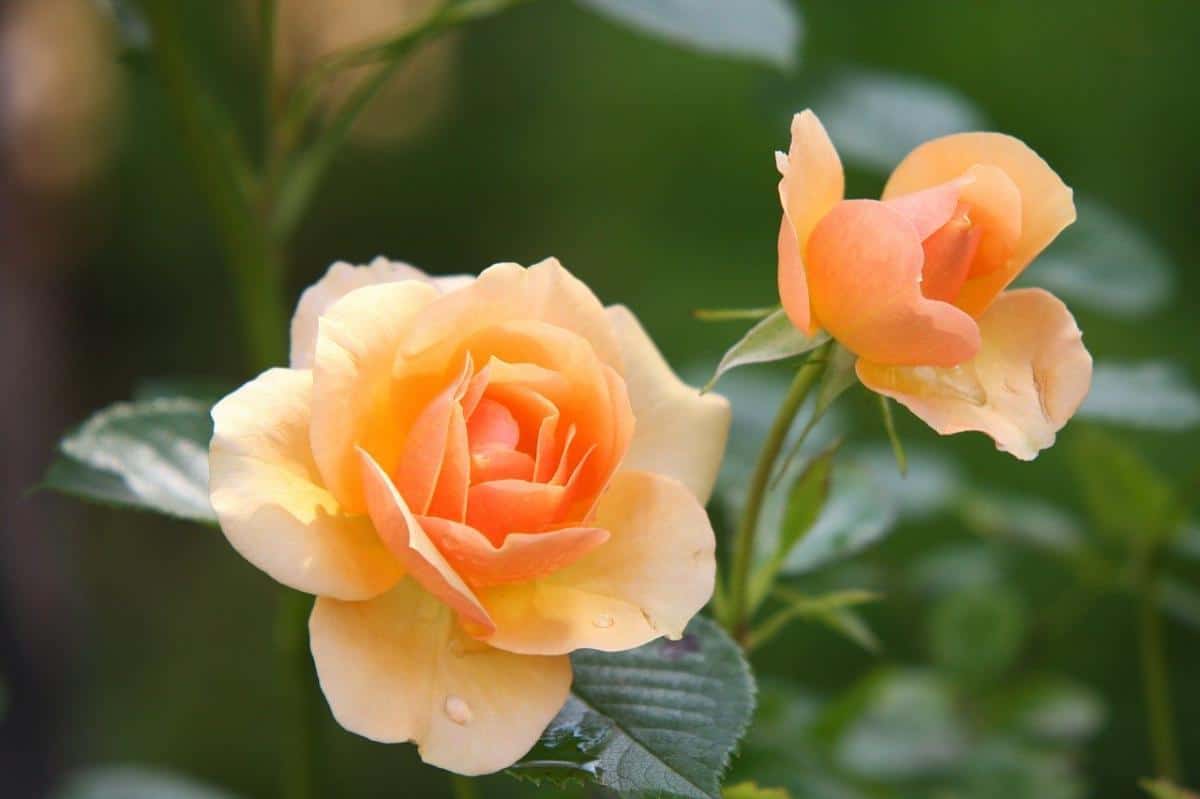
There are opinions for all tastes because it depends on the plant in question, where it is being grown, and also on the experience that each of us is acquiring. I can tell you that, for me, the best natural fertilizer, ideal for almost all types of plants (with the exception of orchids, bonsai and carnivores), is guano. Until the arrival of fertilizers, it was the most used, as it has a great nutritional wealth (it contains nitrogen, phosphates, urea, phosphorus) and also the efficiency is fast. And we are talking about seabird or bat droppings, so it is an organic fertilizer.
However I would not use that product on certain plants, such as large ones (trees, palm trees) and / or very fast growing (bamboo, banana trees, ensetes). Why? Because they are plants that if we throw them guano (on sale here) will grow at an even higher speed, something that when grown in pots does not matter much due to the lack of space. Yes, I would pay them instead with slow-release fertilizers, such as worm castings (for sale here) or even with a little compost. But in no case would I use any that came from birds (marine or terrestrial) or bats since they are very concentrated and make crops grow quickly.
I hope that this way your potted plants will grow well.
Hi, thanks for all the information, and it's great. I wanted to ask you how to use guano in pots, because I have it but the instructions on the container are very cumbersome. And I know that overdoing it can be detrimental. Thanks.
Hi Vicky.
If that is. The guano, although natural, is so concentrated that if you overdo it, it can burn the roots.
Do you have it liquid, powder or granulated? For example, I usually buy liquid (bottles of about 750ml), and I add a cap for 5 liters of water to fertilize potted plants.
If you have it in powder or granules, it will depend on the size of the pot. But imagining that it measures about 20 centimeters, you would add a small spoonful, the kind of coffee. However, it is better to use liquid fertilizers, so that the water can drain normally.
Greetings.